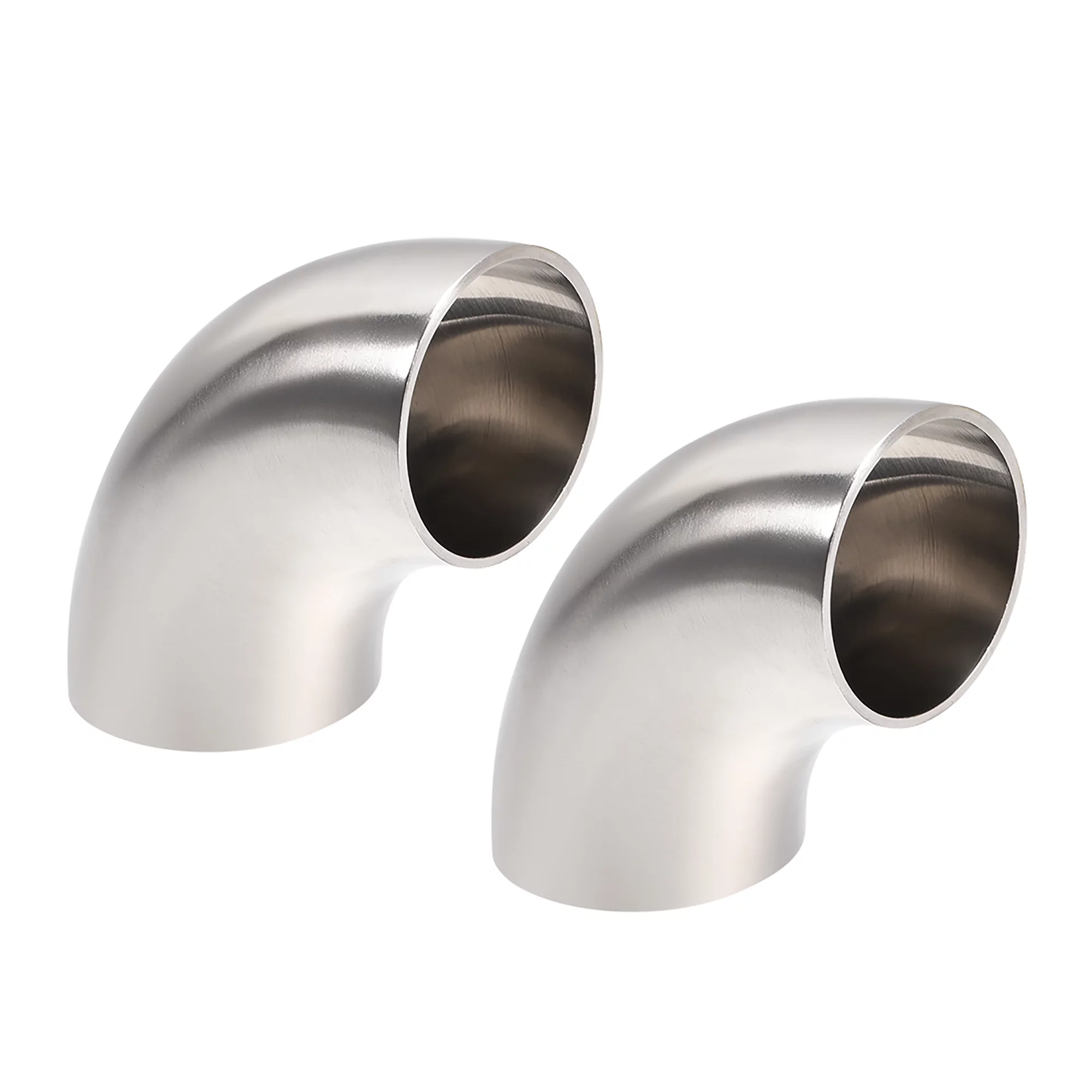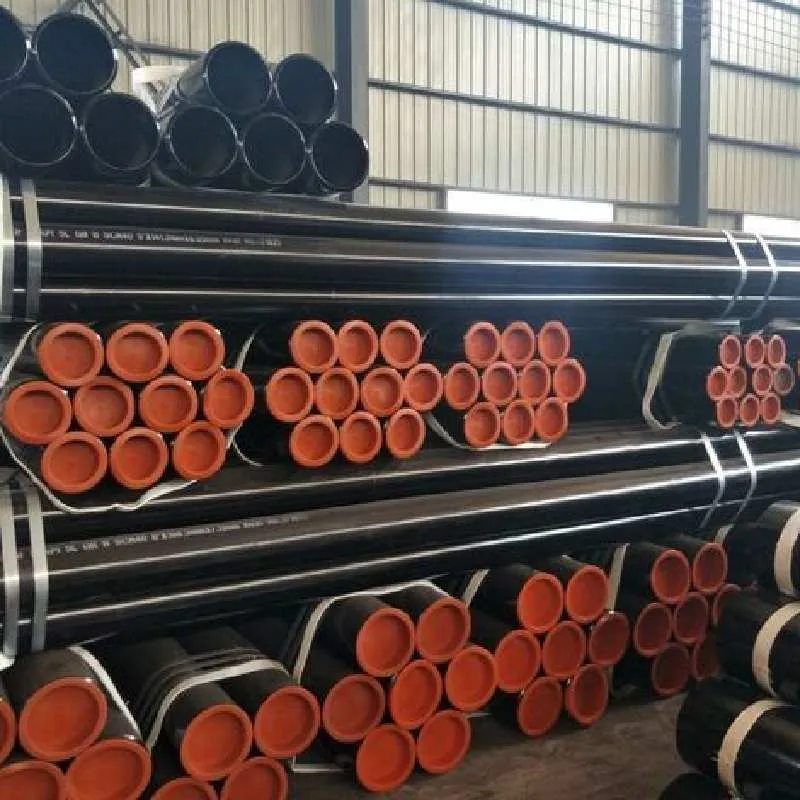-
Cangzhou Yulong Steel Co., Ltd.
-
Phone:
+86 13303177267 -
Email:
admin@ylsteelfittings.com
- English
- Arabic
- Italian
- Spanish
- Portuguese
- German
- kazakh
- Persian
- Greek
- French
- Russian
- Polish
- Thai
- Indonesian
- Vietnamese
- Zulu
- Korean
- Uzbek
- Hindi
- Serbian
- Malay
- Ukrainian
- Gujarati
- Haitian Creole
- hausa
- hawaiian
- Hebrew
- Miao
- Hungarian
- Icelandic
- igbo
- irish
- Japanese
- Javanese
- Kannada
- Khmer
- Rwandese
- Afrikaans
- Albanian
- Amharic
- Armenian
- Azerbaijani
- Basque
- Belarusian
- Bengali
- Bosnian
- Bulgarian
- Catalan
- Cebuano
- China
- China (Taiwan)
- Corsican
- Croatian
- Czech
- Danish
- Esperanto
- Estonian
- Finnish
- Frisian
- Galician
- Georgian
- Kurdish
- Kyrgyz
- Lao
- Latin
- Latvian
- Lithuanian
- Luxembourgish
- Macedonian
- Malgashi
- Malayalam
- Maltese
- Maori
- Marathi
- Mongolian
- Myanmar
- Nepali
- Norwegian
- Norwegian
- Occitan
- Pashto
- Dutch
- Punjabi
- Romanian
- Samoan
- Scottish Gaelic
- Sesotho
- Shona
- Sindhi
- Sinhala
- Slovak
- Slovenian
- Somali
- Sundanese
- Swahili
- Swedish
- Tagalog
- Tajik
- Tamil
- Tatar
- Telugu
- Turkish
- Turkmen
- Urdu
- Uighur
- Welsh
- Bantu
- Yiddish
- Yoruba

Jan . 28, 2025 03:54 Back to list
butt welding pipe fittings
Understanding welding pipes is crucial for professionals aiming to achieve precise and durable connections in various industrial applications. Welding pipes are a key component in plumbing, construction, automotive, and various manufacturing sectors, demanding both expertise and precision to ensure the integrity of the welded joint.
When selecting pipes for welding, the thickness and diameter of the pipe are crucial factors that dictate the welding technique and equipment. Thicker walls generally require higher heat input and careful control to prevent warping or deformation. Moreover, larger diameters might necessitate more intricate welding techniques, such as orbital welding in confined spaces, to achieve consistent results. An essential aspect of welding pipes is the joint preparation, which involves cleaning the pipes thoroughly to remove any contaminants, such as oils, paints, or rust. The pipe ends may need to be beveled, especially in thicker pipes, to create a proper groove for the weld metal to be deposited evenly, thereby enhancing joint strength. For welding professionals, continuous learning and familiarization with the latest advancements in welding technology and materials science is key. Innovations such as automated welding machines and advanced filler materials can significantly improve both efficiency and the quality of welds. Gaining certifications from recognized bodies, like the American Welding Society (AWS) or equivalent, establishes a welder's capability in handling various materials and complex projects, bolstering their credibility and authority in the field. Trustworthiness in pipe welding is predominantly established through rigorous testing and quality assurance protocols. Techniques like ultrasonic testing, X-ray inspection, and hydrostatic pressure testing are employed to verify the integrity of welds, ensuring they meet the required industry standards and safety regulations. Diligent documentation of these tests provides reassurance to clients and stakeholders of the reliability and durability of the welded joints. In conclusion, welding pipes is a sophisticated skill that demands a deep understanding of materials, welding techniques, and safety measures. Professionals engaged in this field must continually enhance their expertise and stay abreast of technological advancements to execute high-quality welds that meet industrial standards. Emphasizing thorough preparation, precise execution, and rigorous testing underscores the commitment to excellence and safety in this critical area of manufacturing and construction.


When selecting pipes for welding, the thickness and diameter of the pipe are crucial factors that dictate the welding technique and equipment. Thicker walls generally require higher heat input and careful control to prevent warping or deformation. Moreover, larger diameters might necessitate more intricate welding techniques, such as orbital welding in confined spaces, to achieve consistent results. An essential aspect of welding pipes is the joint preparation, which involves cleaning the pipes thoroughly to remove any contaminants, such as oils, paints, or rust. The pipe ends may need to be beveled, especially in thicker pipes, to create a proper groove for the weld metal to be deposited evenly, thereby enhancing joint strength. For welding professionals, continuous learning and familiarization with the latest advancements in welding technology and materials science is key. Innovations such as automated welding machines and advanced filler materials can significantly improve both efficiency and the quality of welds. Gaining certifications from recognized bodies, like the American Welding Society (AWS) or equivalent, establishes a welder's capability in handling various materials and complex projects, bolstering their credibility and authority in the field. Trustworthiness in pipe welding is predominantly established through rigorous testing and quality assurance protocols. Techniques like ultrasonic testing, X-ray inspection, and hydrostatic pressure testing are employed to verify the integrity of welds, ensuring they meet the required industry standards and safety regulations. Diligent documentation of these tests provides reassurance to clients and stakeholders of the reliability and durability of the welded joints. In conclusion, welding pipes is a sophisticated skill that demands a deep understanding of materials, welding techniques, and safety measures. Professionals engaged in this field must continually enhance their expertise and stay abreast of technological advancements to execute high-quality welds that meet industrial standards. Emphasizing thorough preparation, precise execution, and rigorous testing underscores the commitment to excellence and safety in this critical area of manufacturing and construction.
Latest news
-
ANSI 150P SS304 SO FLANGE
NewsFeb.14,2025
-
ASTM A333GR6 STEEL PIPE
NewsJan.20,2025
-
ANSI B16.5 WELDING NECK FLANGE
NewsJan.15,2026
-
ANSI B16.5 SLIP-ON FLANGE
NewsApr.19,2024
-
SABS 1123 FLANGE
NewsJan.15,2025
-
DIN86044 PLATE FLANGE
NewsApr.19,2024
-
DIN2527 BLIND FLANGE
NewsApr.12,2024
-
JIS B2311 Butt-Welding Fittings LR/SR 45°/90° /180°Seamless/Weld
NewsApr.23,2024











